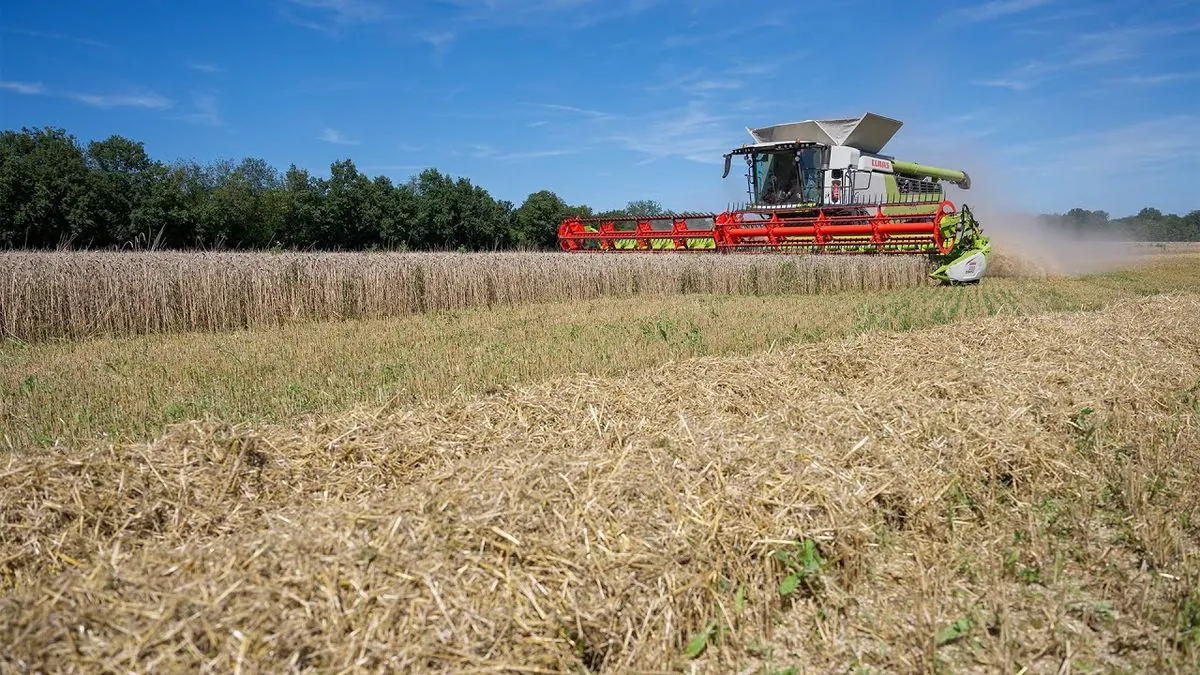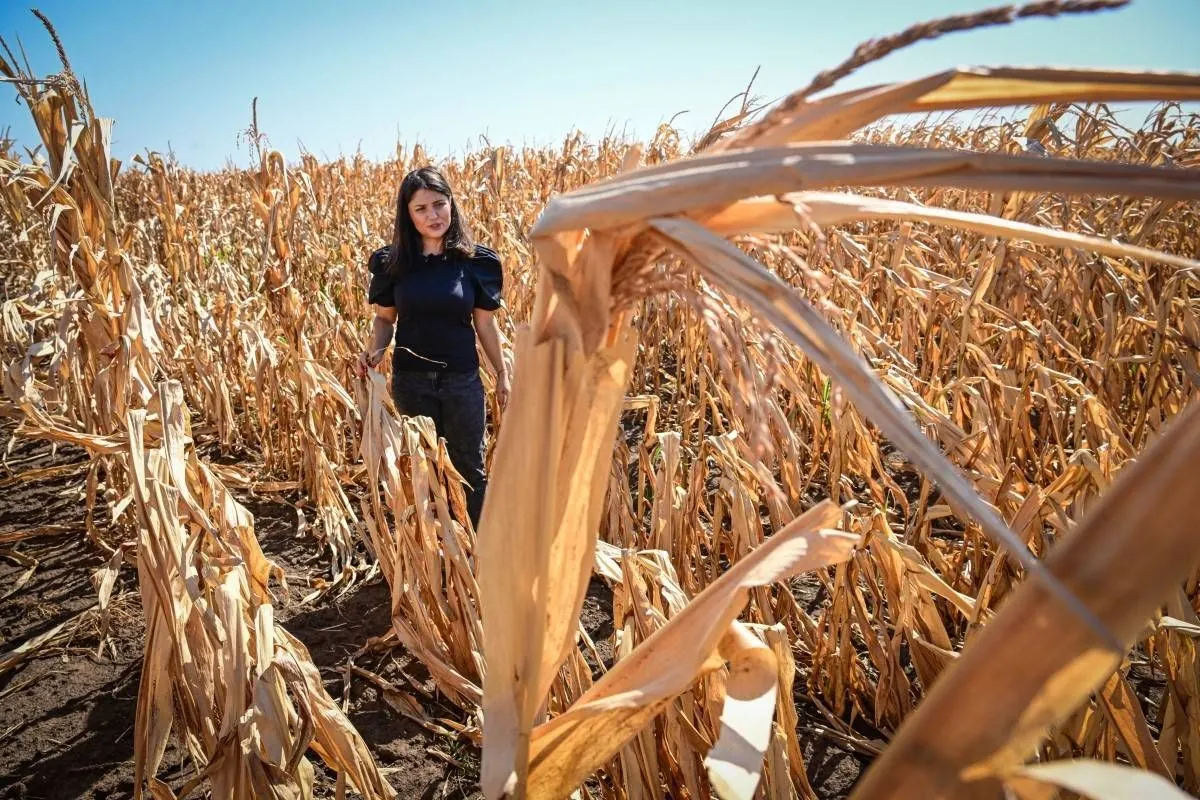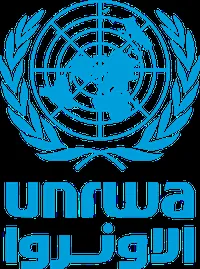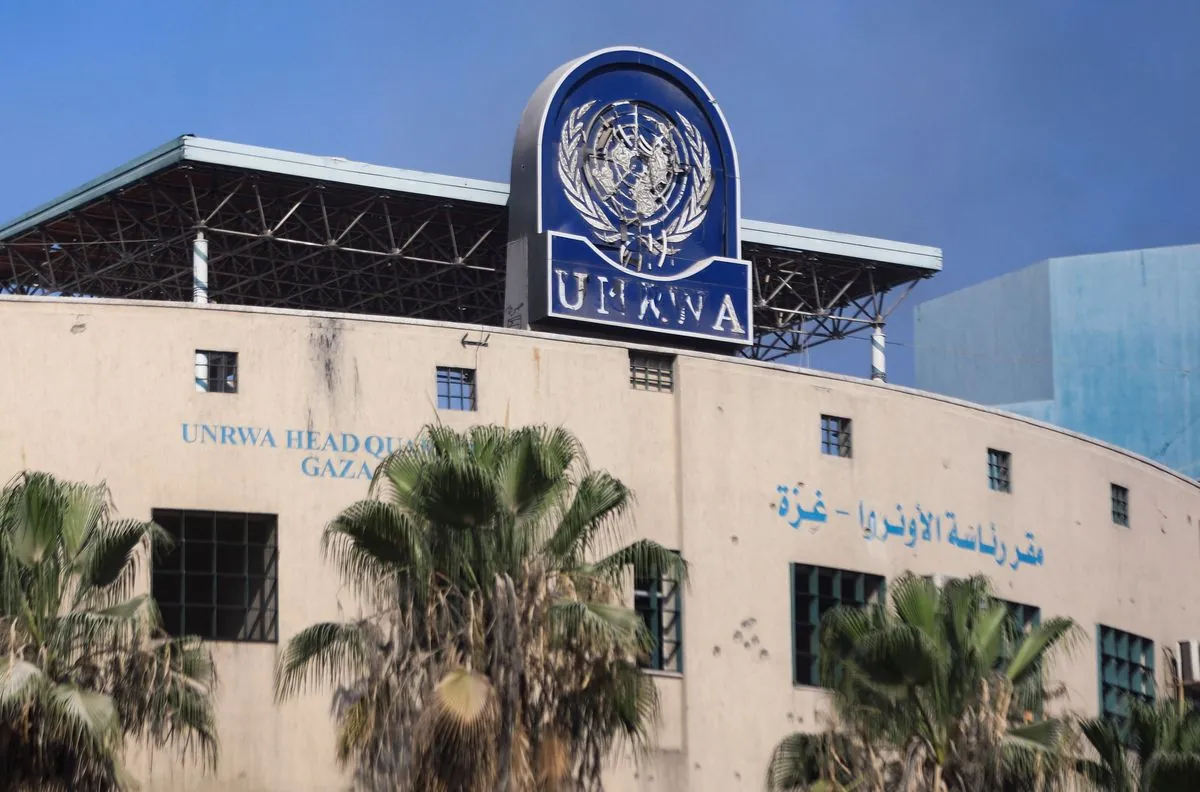Romania Plans Crop Insurance Amid Severe Drought Impact
Romania proposes agricultural insurance system to combat drought effects on crops. Government measures aim to support farmers as heatwaves damage millions of tons of produce in EU's major grain exporter.

Romania, a significant grain exporter in the European Union, is grappling with the consequences of prolonged heatwaves that have severely impacted its agricultural sector. In response, the government is proposing a series of measures to support farmers, including an innovative crop insurance system.
Florin Barbu, the Agriculture Minister, announced plans for an insurance mechanism covering 7 million hectares of farmland. This system aims to provide compensation of up to 3,000 lei (approximately $671) per hectare for both spring and fall crops. The initiative is expected to facilitate lending to Romanian farmers, addressing the financial challenges posed by drought-induced crop losses.

Additional government measures include increased state guarantees for farm loans, compensation of up to 1,000 lei ($224) per damaged hectare before fall sowing, and a freeze on loan repayments until December 2025 for affected farmers. These steps reflect the government's commitment to supporting the agricultural sector, which contributes about 4.3% to Romania's GDP.
The severity of the drought's impact has sparked debate. While official estimates in July suggested nearly 2 million hectares of maize and sunflower crops were affected, some analysts argue the damage is more extensive. Cezar Gheorghe of AGRIColumn, a Romanian grain market consultancy, projects a significant decline in crop yields. He estimates maize output will drop to 6.7 million metric tons, with sunflower seed crops falling below 2 million metric tons, and wheat production at 9.6 million metric tons.
Romania's agricultural challenges are compounded by water scarcity. Approximately 630 towns and villages have implemented water restrictions. The Danube River, crucial for Romania's southern border and transportation, is flowing at around 2,800 cubic meters per second at its entry point, far below the August average of 4,300. This reduced flow is disrupting river traffic and further straining the agricultural sector.
The country's vulnerability to drought highlights the need for adaptive strategies in agriculture. Romania, which joined the EU in 2007, is the Union's largest producer of sunflower seeds and ranks among the top three corn producers. With 14.7 million hectares of agricultural land, the nation plays a vital role in European and global food security.
As climate patterns shift, Romania faces increasing frequency and severity of droughts. This trend underscores the importance of the proposed insurance system and other support measures. By protecting its agricultural sector, Romania aims to maintain its position as a key player in the EU's grain market and ensure the resilience of its farming communities.
"This mechanism ensures compensation of up to 3,000 lei ($671.14) per hectare, which will lead to unblocking lending for Romanian farmers."
The effectiveness of these measures remains to be seen, but they represent a significant step towards adapting to changing climate conditions and supporting Romania's crucial agricultural sector.


































